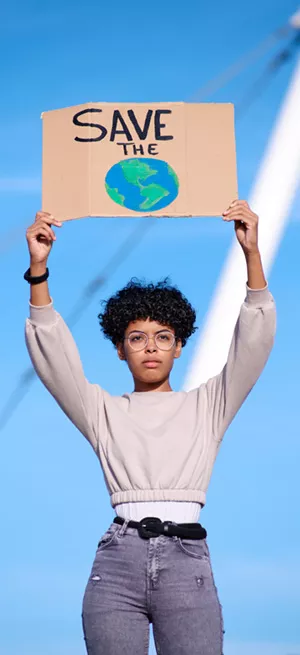82% of the G20’s energy supply still comes from fossil fuels, according to the 2018 Brown to Green Report, released today.
In Saudi Arabia, Australia and Japan fossil fuels make up even more than 90% of the energy supply, with little or no change in recent years. The 20 major economies play a key role for achieving the Paris targets because they alone account for 80% of global greenhouse gas emissions.
“The recent IPCC 1.5°C report showed us the world needs to ramp up action on climate change. Power generation from coal, oil and gas, and transport produce the biggest chunk of emissions in the vast majority of G20 countries,” said one of the report’s co-authors, Jiang Kejun of the Energy Research Institute in China.
“No G20 government is really getting a grip on these sectors – especially Australia, the United States, Russia and Indonesia, who are all lagging behind. But some countries are already moving ahead, like the United Kingdom or France with their decision to quickly phase out coal and fossil fuel-based cars,” he said.
“The G20 economies actually need to cut their emissions by half by 2030 to keep warming below 1.5°C,” said co-author Jan Burck of Germanwatch.
“But instead of responding to the urgency of climate change, the G20 countries continue to pour money into factors that drive climate disruption, like fossil fuel subsidies, instead of taking stronger action. Saudi Arabia, Italy, Australia and Brazil provide the highest amount of subsidies per GDP,” he said.
The Brown to Green Report is the world’s most comprehensive annual review of G20 climate action, and this is its fourth edition. It has been compiled by Climate Transparency, a global partnership of 14 climate research organisations and NGOs from the majority of G20 countries, many from emerging economies. The report draws on the latest emissions data from 2017 and covers 80 indicators on decarbonisation, climate policies, finance and vulnerability to the impacts of climate change. Providing country ratings, it identifies leaders and laggards in the G20.
“Global emissions need to peak in 2020. The Brown to Green report provides us with an independent stocktake of where we stand now. This is valuable information for countries when they declare their climate contributions in 2020,” said Christina Figueres, Former Executive Secretary, UNFCCC (2010-2015) and Convenor, Mission 2020.
Key findings
• None of the G20 economies’ climate pledges are on a 1.5˚C-compatible pathway, with only India coming close, at a 2˚C-compatible pathway. The world is still heading to a warming of 3.2°C. G20 countries must roughly halve their emissions by 2030, but few have longer term reduction strategies to achieve this. Saudi Arabia, Australia and Russia are lagging behind.
• In the power sector, South Africa, Australia and Indonesia have the G20’s highest emissions intensity due to a very high share of fossil fuels. However, none of these countries have adequate policies to phase out coal, but South Africa has recently published a plan to reduce its use of coal. 14 countries of the G20 countries need a coal phase-out plan. Canada, France, Italy and the United Kingdom have set phase-out dates, but they do not use much coal.
• No G20 country has a 100% renewable energy target by 2050 in place. Argentina, Brazil, France, Germany, Japan, South Africa and the United Kingdom are rated high for their renewable energy targets and policies.
• On transport, France, Japan and the United Kingdom lead with phase-out plans for fossil fuel cars. Despite ambitious targets, however, France's emissions in the transport sector continue to increase because of an increasing demand for mobility as well as insufficient policies, e.g. to effectively conduct a modal shift in freight transportation. At the bottom of the leader board are the United States, Canada and Australia, who all have the highest transport emissions per capita and either insufficient – or no – emissions standards for cars.
• The European Union is the only G20 economy with a plan for a 1.5˚C-compatible buildings sector. While Canada and Germany have the highest emissions-intensity for buildings, they have both targets to make all new buildings zero-energy.
• In the industry sector, the European Union is the only real leader on emissions reduction policies. South Africa, Russia and China have the highest emissions intensity in the sector. It is worth noting that developed country emissions would be around 10-20% higher if the emissions from energy-intensive goods produced elsewhere were considered.
• On forestry, Indonesia, Brazil and Argentina have the highest forest loss in the G20 since 1990, and none show any signs of reversing this trend.
• Many G20 governments are putting policies in place to green the financial system and re-direct finance towards low carbon, climate resilient development. However, few have joined these green plans up with systematically phasing out or redirecting “brown” financing.
• Only Canada and France generated more from carbon pricing in 2017 than what they spent on fossil fuel subsidies in 2016. Canada’s carbon pricing schemes are under legal challenge in several provinces.


